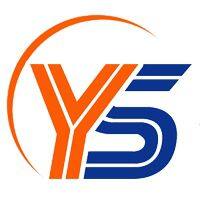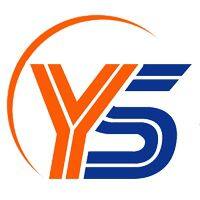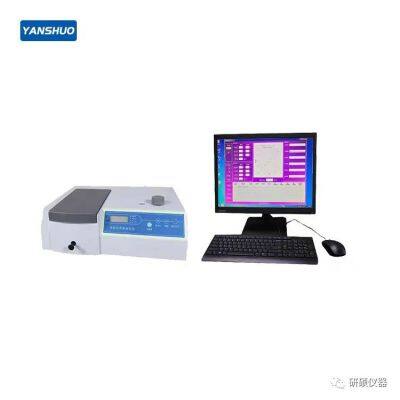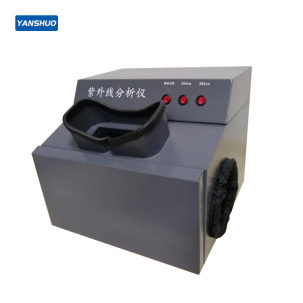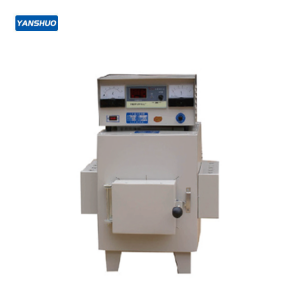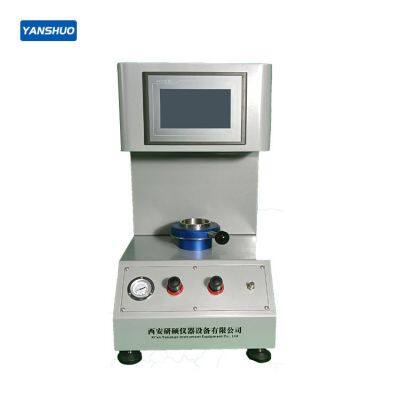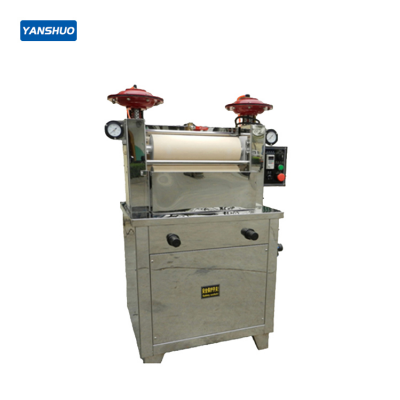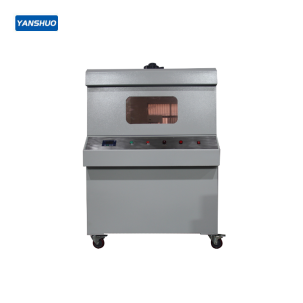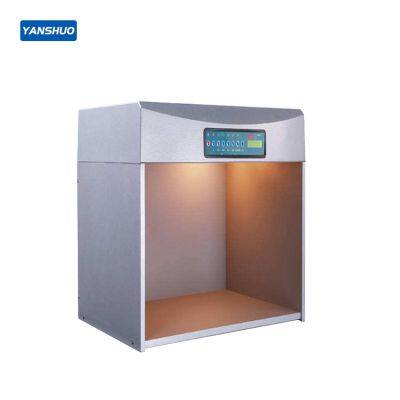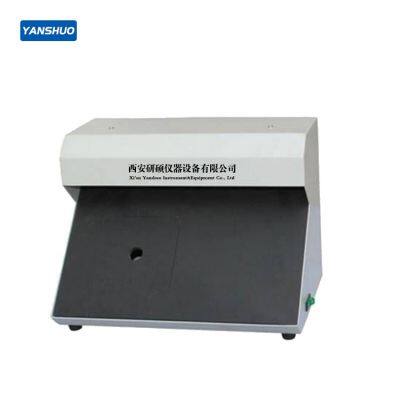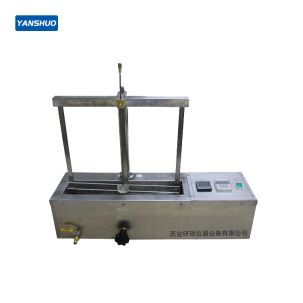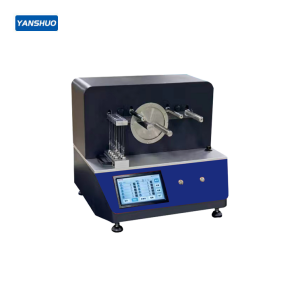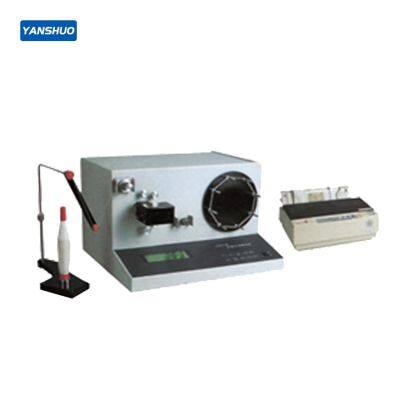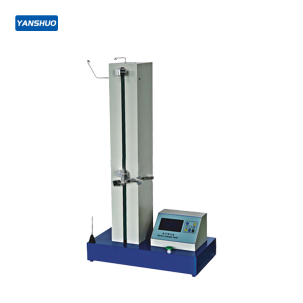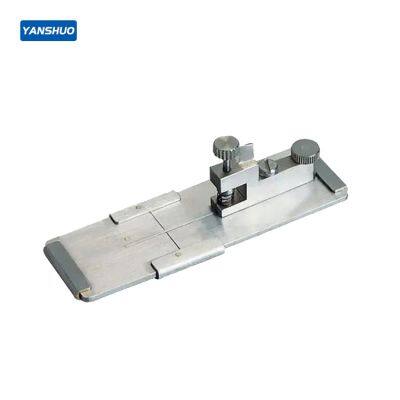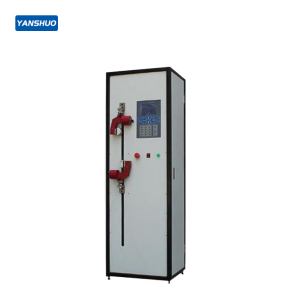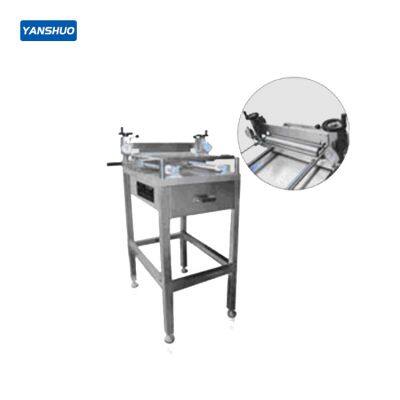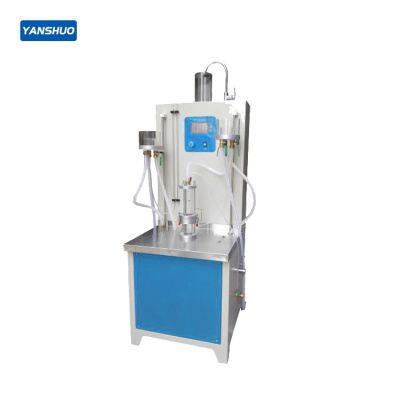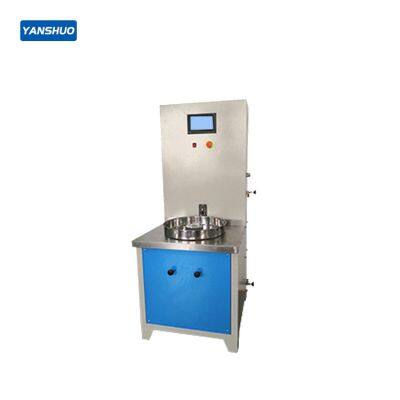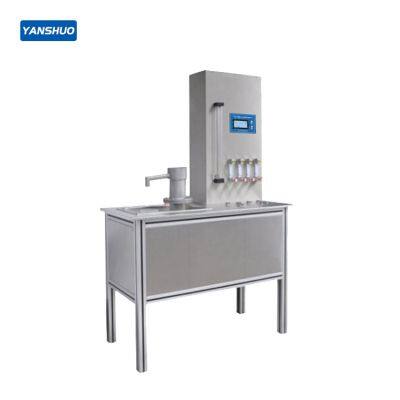Fiber Orientation Testing in Nonwoven Fabrics: How Does It Affect Material Anisotropy?
I. Why is Fiber Orientation Important?
The alignment of fibers in nonwoven fabrics directly influences their anisotropy (directional property variations), which determines:
1. Mechanical properties: Longitudinal tensile strength can be 50% higher than transverse strength (typical data for spunbond processes)
2. Liquid penetration paths: When fibers are aligned parallel, liquid diffusion speeds increase by 2-3 times
3. Filtration efficiency: Random fiber orientation in melt-blown fabrics improves PM0.3 capture rates by 40%
Industry challenge: Traditional optical microscopy only observes surface features and cannot quantify 3D orientation distribution
II. Testing Methods Comparison and Breakthroughs in CT Scanning
Method | Principle | Resolution | Limitations |
Optical microscopy | 2D surface imaging | 1μm | Cannot analyze internal structure |
SEM + image analysis | Surface morphology statistics | 0.1μm | Samples require conductive coating |
Micro-CT scanning | X-ray 3D tomography | 0.5μm | High equipment cost (¥2M+) |
Ultrasonic anisotropy testing | Sound wave velocity differences | - | Only suitable for thick materials |
Advantages of CT technology:
Quantifies orientation parameters (Herman factor: 0 = completely random, 1 = fully aligned)
Detects hidden defects
III. Quantitative Relationship Between Fiber Orientation and Mechanical PropertiesExperimental data (PP spunbond nonwoven, 50 g/m² basis weight):
Orientation angle distribution | Longitudinal tensile strength (N/5cm) | Transverse tensile strength (N/5cm) | Anisotropy ratio |
Random orientation (±30°) | 35±2 | 32±3 | 1.09 |
Partial orientation (±15°) | 48±3 | 36±2 | 1.33 |
High orientation (±5°) | 62±4 | 28±1 | 2.21 |
Key conclusions:
Every 10% increase in orientation degree improves longitudinal strength by ~15%
Transverse tear strength correlates positively with the number of fiber crossover points
IV. Directions for Production Process Optimization
1. Spinning stage adjustments:
Increasing electrostatic separator voltage from 10kV to 15kV reduces fiber orientation standard deviation from ±25° to ±12°
At drafting air speeds >8 m/s, fiber orientation improves but breakage risk rises (requires balance)
2. Thermal calendering improvements:
Embossed roller pressure >3 MPa damages fiber orientation structure
Optimal process: 180°C + 2 MPa + 20 m/min (Herman factor up to 0.7)
3. Post-treatment effects:
Hydrophilic finishing sprays reduce fiber orientation by 5-8% (due to volumetric shrinkage)
V. Industry Case Study
Optimization at a filter material factory:
1. Problem: Melt-blown fabric filtration efficiency fluctuated significantly (85%-92%)
2. CT diagnosis: Uneven fiber orientation distribution (local Herman factor 0.2-0.6)
3. Improvements:
Modified drafting air channels (added flow guides)
Installed online ultrasonic orientation monitors
4. Results:
Filtration efficiency stabilized at 91±1%
Raw material consumption reduced by 8%
Recently Posted
-
Why do disposable diapers need to be tested with professional testing instruments?
August 23, 2025I. Limitations of subjective assessment1.1 Uncontrollable factors in manual testingTraditional manual testing methods have many limitations:Inconsistent testing conditions: The temperature, volume, and pouring speed of the liquid are difficult to standardize in each test.Subjective result judgment: Different personnel have different judgment criteria.Difficult to quantify data: It is impossible to provide precise numerical evRead More -
Domestic vs. Imported Electronic Tensile Testing Machines: Performance Comparison and Cost-Effective
August 22, 20251. Brand Comparison: Technological Heritage and Market LandscapeImported Brands: Examples include Instron, MTS, and Zwick/Roell, which have long dominated the high-end market with a rich history and deep technological heritage. Their products are known for high precision and stability, particularly excelling in fields such as aerospace and cutting-edge scientific research. However, prices are generally high, often two times oRead More -
From Beginner to Expert: Daily Calibration and Error Compensation Techniques for Electronic Universa
August 21, 2025I. Why is Calibration So Important? The Chain Reaction of Errors:A 0.5% force value error can lead to a >20% deviation in fatigue life prediction (ASTM E739 data).Case Study: A spring factory failed to calibrate promptly, resulting in a batch of products exceeding stiffness standards and incurring losses of ¥800,000.Mandatory Standards:ISO 7500-1 stipulates: Class 1 equipment requiresRead More -
Electronic Tensile Tester Selection Guide: 5 Easily Overlooked Key Parameters
August 20, 2025I. Range Selection: Bigger Isn't Always BetterGolden Ratio Principle:Routine test forces should fall within 10%-90% of the range (ASTM E4 requirement)Case: A testing lab purchased a 100kN machine for 5N wire tests, resulting in ±8% error (3x over-limit)Multi-Range Solutions:Test TypeRecommended RangeAccuracy RangeTextile fibers0.5-500N±0.5%Automotive wires1-10kN±0.8%Metal materials10-300kN±1.0%Smart Sensor Tech:Zwick RoelRead More

